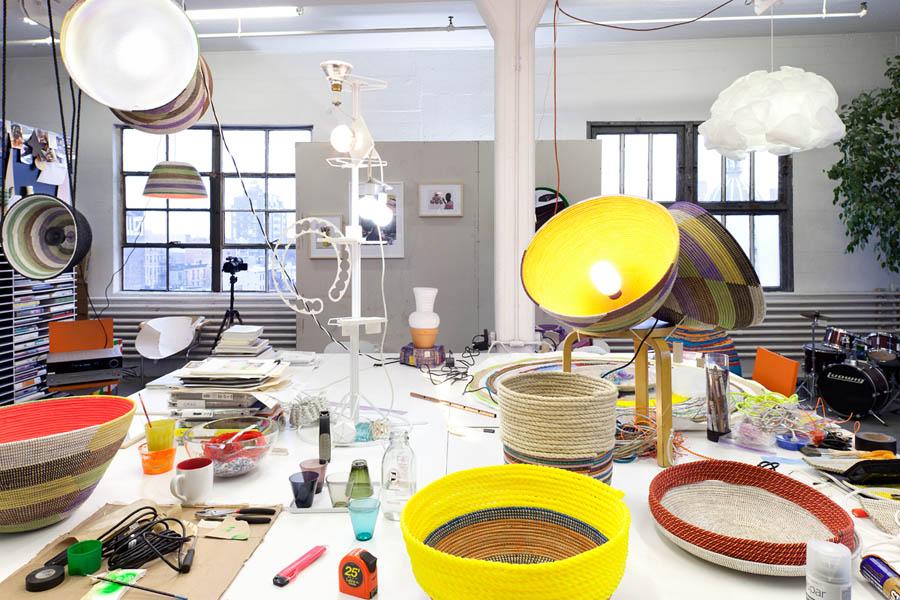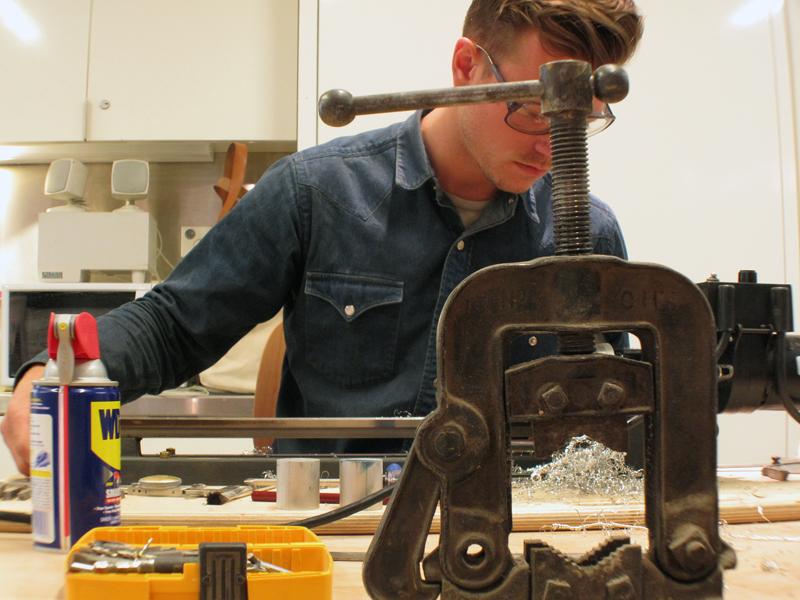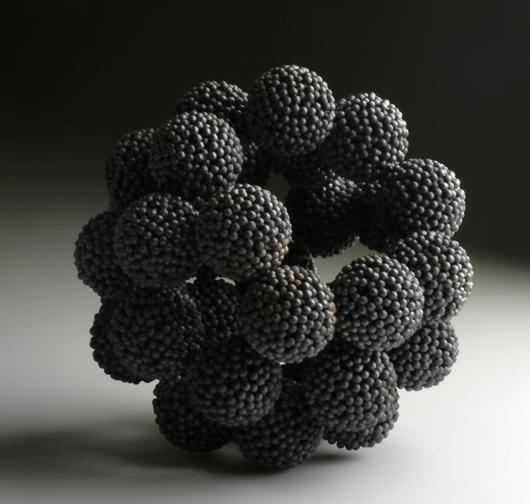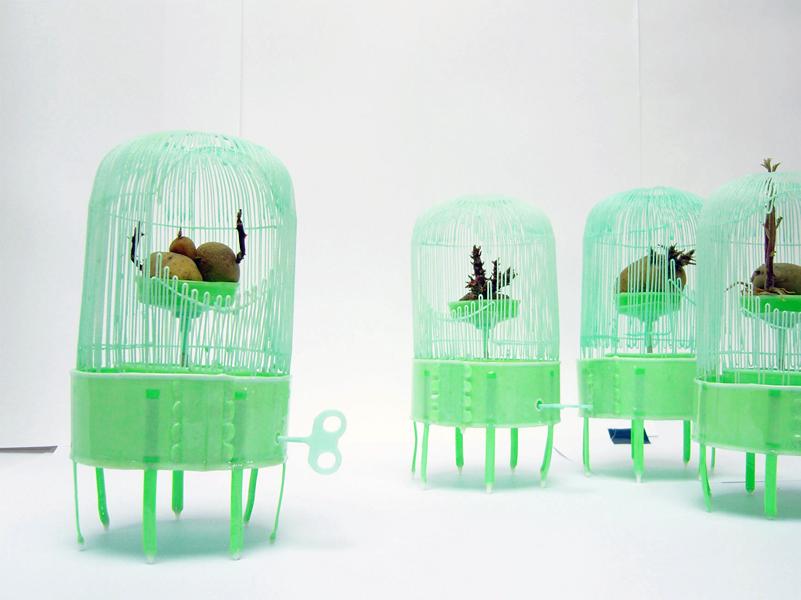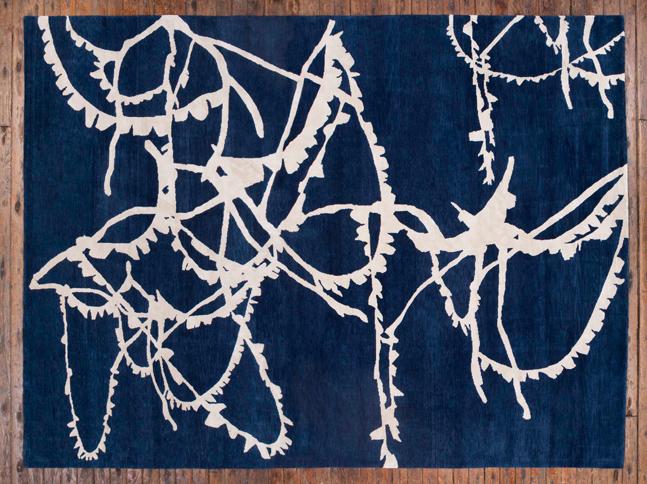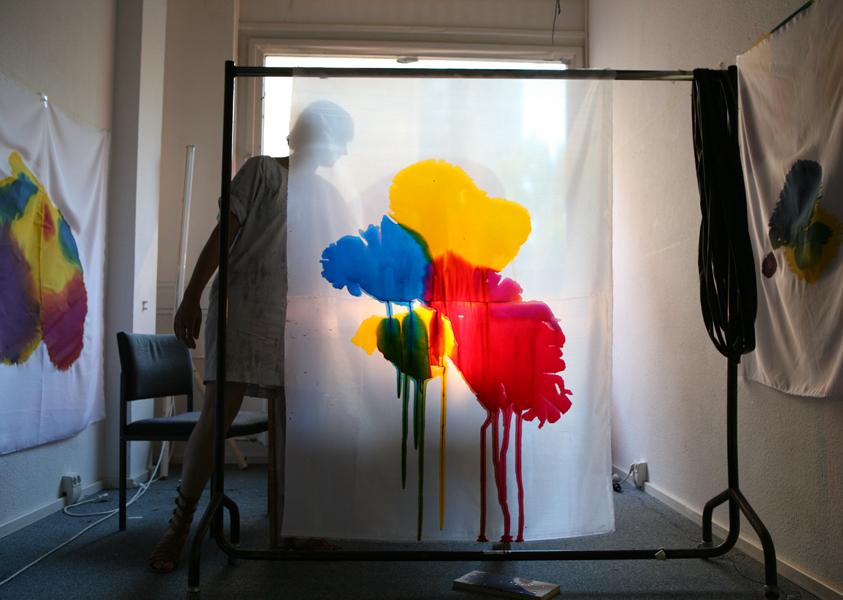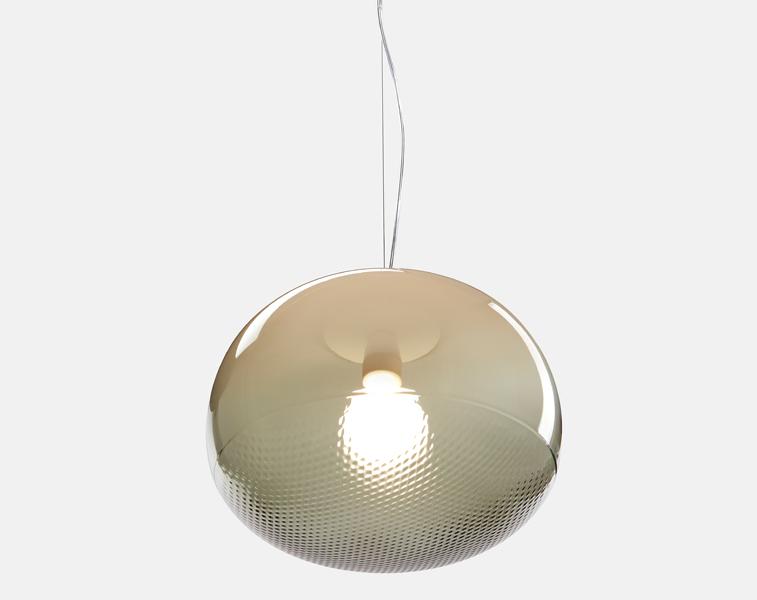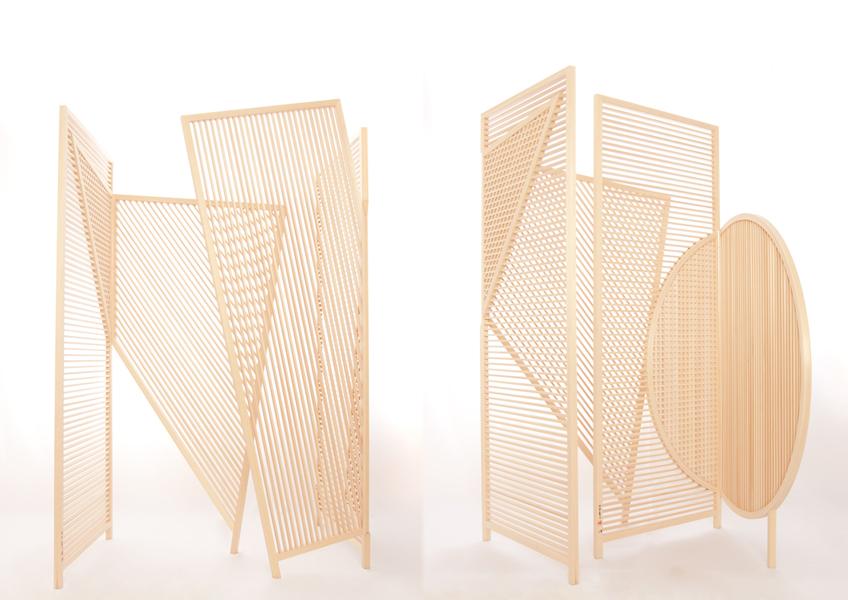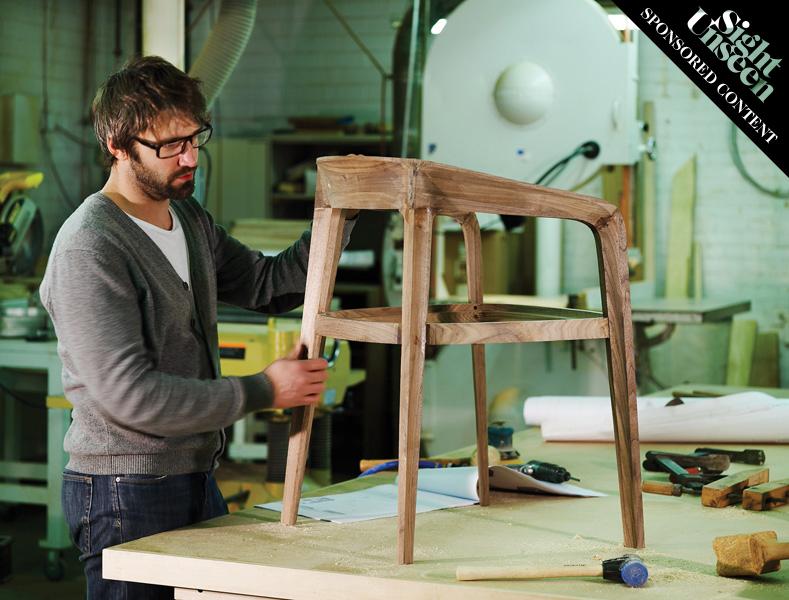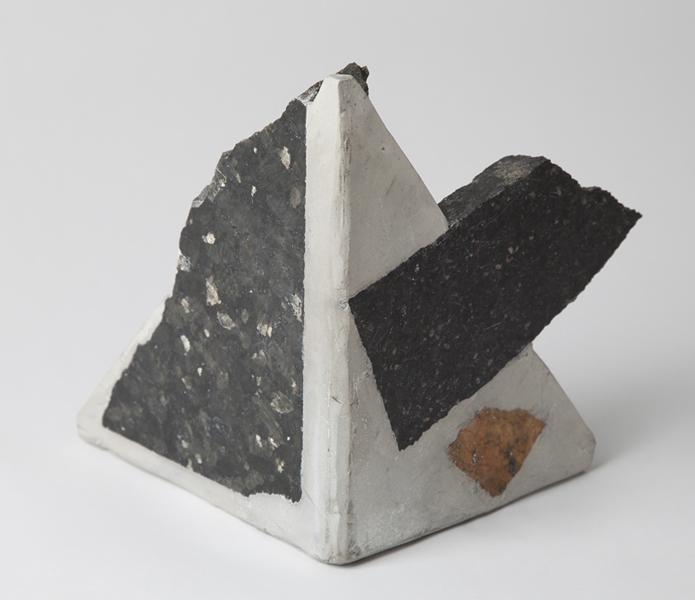
11.07.11
The Making of
Make a Metamorphic Rock Bookend, With Chen Chen
"It's not like it's a science," says Brooklyn designer Chen Chen as he's mixing up a batch of cement in the Brooklyn studio he shares with collaborator Kai Tsien Williams, attempting to explain why he can't offer an exact set of measurements for replicating his concrete bookends. They're fitting words to have chosen, though, coming from him: The Shanghai-born, Wyoming-raised designer had two chemists for parents, and yet it seems like his entire practice has revolved around losing control during the design process rather than maintaining it. Since he joined forces earlier this year with Williams — a fellow Pratt grad who also runs the design fabrication business Three Phase Studio — the pair have spent most of their time together choosing offbeat materials like expanding foam and studio scraps and experimenting for weeks to see what kinds of unexpected effects they can elicit from them.
